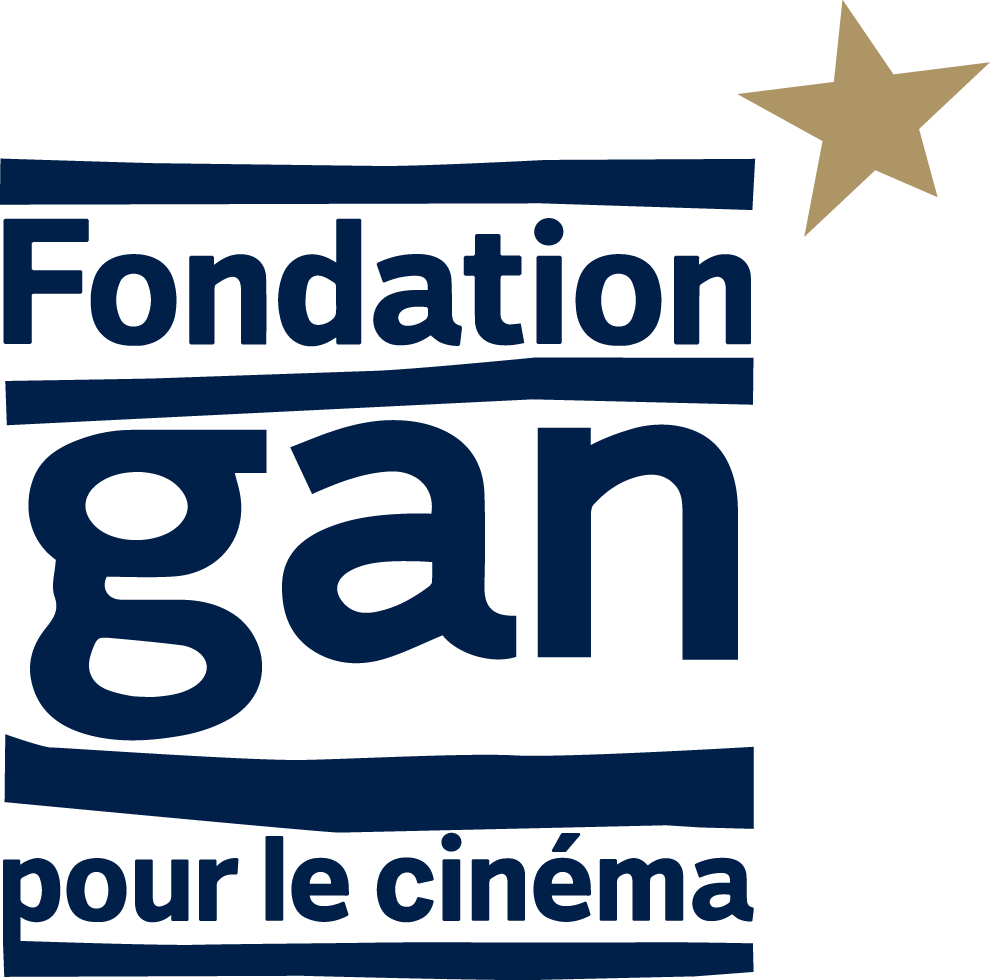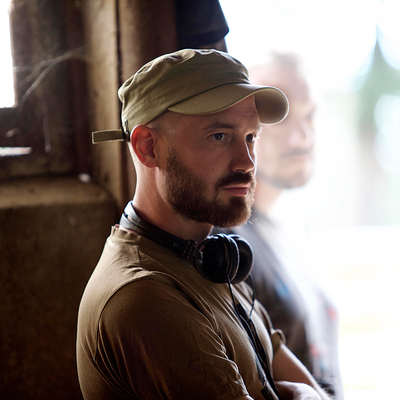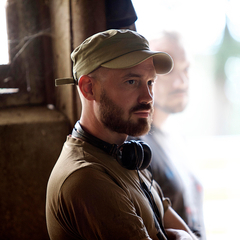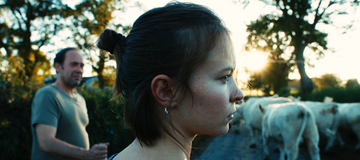"All my films tell stories of bodies and domination. Here, my female lead deals with the hold of a powerful man.
One day, someone brought me to a livestock market in Burgundy. This place struck me by the way it works, its structure, how theatrical it is. Livestock as far as the eyes can see. Busy men. And the only woman is the secretary. I was witnessing the violence of supply and demand, and I discovered the politics of cattle breeding. I decided to immerse my female lead in the power stakes on this industry.
When we started looking for funding with my producer, people were puzzled by the screenplay: “We don’t really understand that story… What is this young woman complaining about? It’s just a questionable relationship…” That is precisely this blind spot that I wanted to address. The Weinstein case broke a few months later and people’s outlook on the film changed. But the screenplay itself hadn’t changed a bit!
I wanted forms of cinema that were new for me: very long sequence shots, movement. For the first time I used dollies, a crane, a Steadicam. That allowed me to convey to the audience what my female lead is experiencing “in real time”.
Diane Rouxel is the backbone of the film, she is heart-breaking in all her force and frailties. Specifically the moment when she leaves Sylvain’s house (Jalil Lespert) and takes her car. It’s a single shot, the camera is already in the car. She puts up a front with him, gets in the car, starts it, and we stay with her. As she leaves, she starts breaking down. That shot, you really have to pull it off!"







